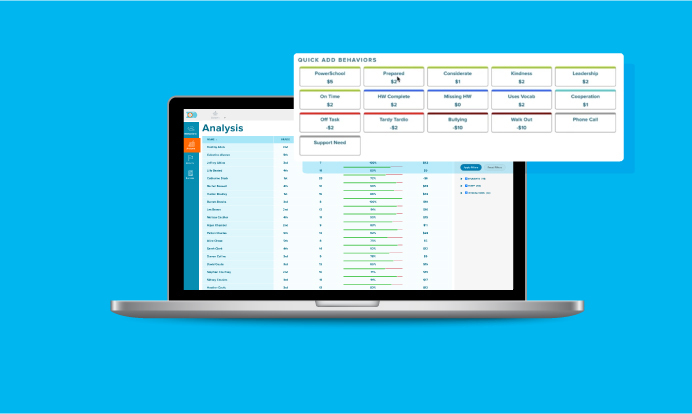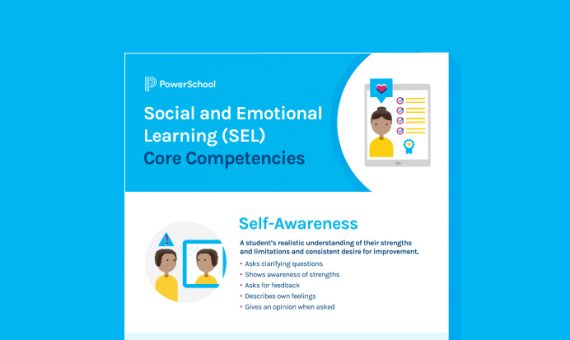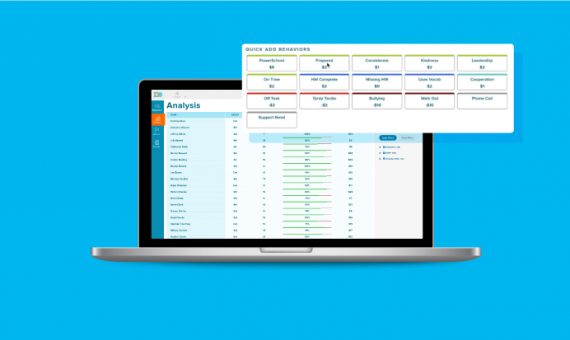Written by
Nneka Bennett
One year during summer professional development, our Dean of Culture told us that rules are meant to keep students safe and save time. I had never heard rules described that way before, and for me, it was the simplest, most effective way to understand the value of school rules.
That year, when my class and I discussed rules and expectations, I shared with them what the Dean of Culture said. Occasionally throughout the year, we did a call and response to remind us about the value of rules. Adults know why students need rules, but it’s important for students to understand the “why” behind them.
Georgia
Adults know why students need rules, but it’s important for students to understand the ‘why’ behind them.
Nneka Bennett Solution Marketing Manager
PowerSchool
Teachers have a vision of the rules that they want to govern their classroom. There are a few things to consider when you are creating guidelines:
- Keep the list short—about 3-5 rules.
- Frame the rules positively. Focus on the positive results of a behavior rather than the negative to set the tone in your classroom.
- Make the rules general. Keep your rules broad enough to encompass a few ideas.
- Create rules that are easy to remember.
Here are four rules you may consider implementing in your classroom to help improve student behavior.
Rule 1. We are safe.
I often make this the first rule in my classroom because it is really the most important. While school is a place to learn, the goal is for us to learn in a safe, calm environment. This broadly stated rule sets the tone for some specific issues that can come up in the classroom throughout the school year. The idea of being safe includes physical and emotional safety.
Although the rule is stated broadly, it is a good idea to discuss specific examples of being safe and unsafe, both physically and emotionally. Some specific issues that this rule covers include:
- Hitting, pushing, fighting
- Using class materials safely (chairs, scissors, etc.)
- Following safety procedures (fire drills, lockdowns, etc.)
- Bullying
Rule 2. We are respectful.
This rule discusses how students are expected to behave in their interactions with each other, with the teacher, and with the classroom. Some specific issues that this rule covers include:
- Using kind words
- Listening to other teachers and staff in the school
- Listening to your peers
- Having a respectful tone
- Treating the classroom and school materials with respect
- Respecting the personal space and personal requests of others
Rule 3. We follow directions the first time.
This rule can apply to almost anything that happens in the classroom. I like this rule because it emphasizes the importance of listening the first time a direction is given. This rule focuses on being immediately responsive to a direction. It is very useful when you are establishing routines and expectations and when giving directions for classroom assignments and activities. Some specific issues that this rule covers include:
- Directions for any assignment or activity during class
- Safety procedures
- Class routines and transitions
Rule 4. We work hard and try our best.
This rule addresses student conduct and work ethic on assignments or any challenges, behavioral or academic, that a student might be having. Some specific issues that this rule covers include:
- Preparedness
- Effort on classwork and homework
- Work completion
- Organization
- Self-management of behavior/ self-reflection of action
To establish the classroom rules, consider letting the students act out scenarios where the rules are and are not followed. It is a fun activity and a concrete way to help students see their value.
In addition to enforcing classroom rules, supporting social and emotional learning (SEL) can allow students to develop empathy and the social and emotional competencies of self-awareness, self-management, social awareness, relationship skills, and responsible decision-making. With positive class rules and intentional SEL instruction, teachers can help improve student behavior to make an ideal learning environment.
About the Author: Nneka Bennett is a Solutions Marketing Manager at PowerSchool. She has over 10 years of experience in education working as an elementary school educator and edtech sales professional where she advocates for positive school culture and culturally relevant teaching.
Learn more
Learn how PowerSchool Behavior Support can help you simplify social and emotional learning (SEL) and behavior management throughout your PowerSchool ecosystem.
Download the Flyer


